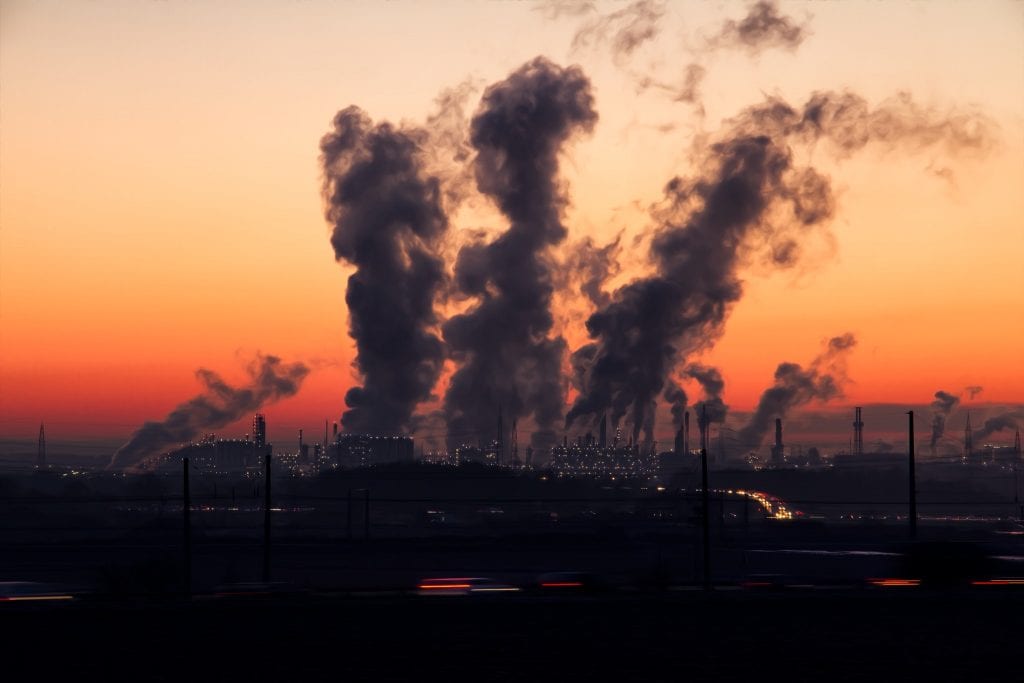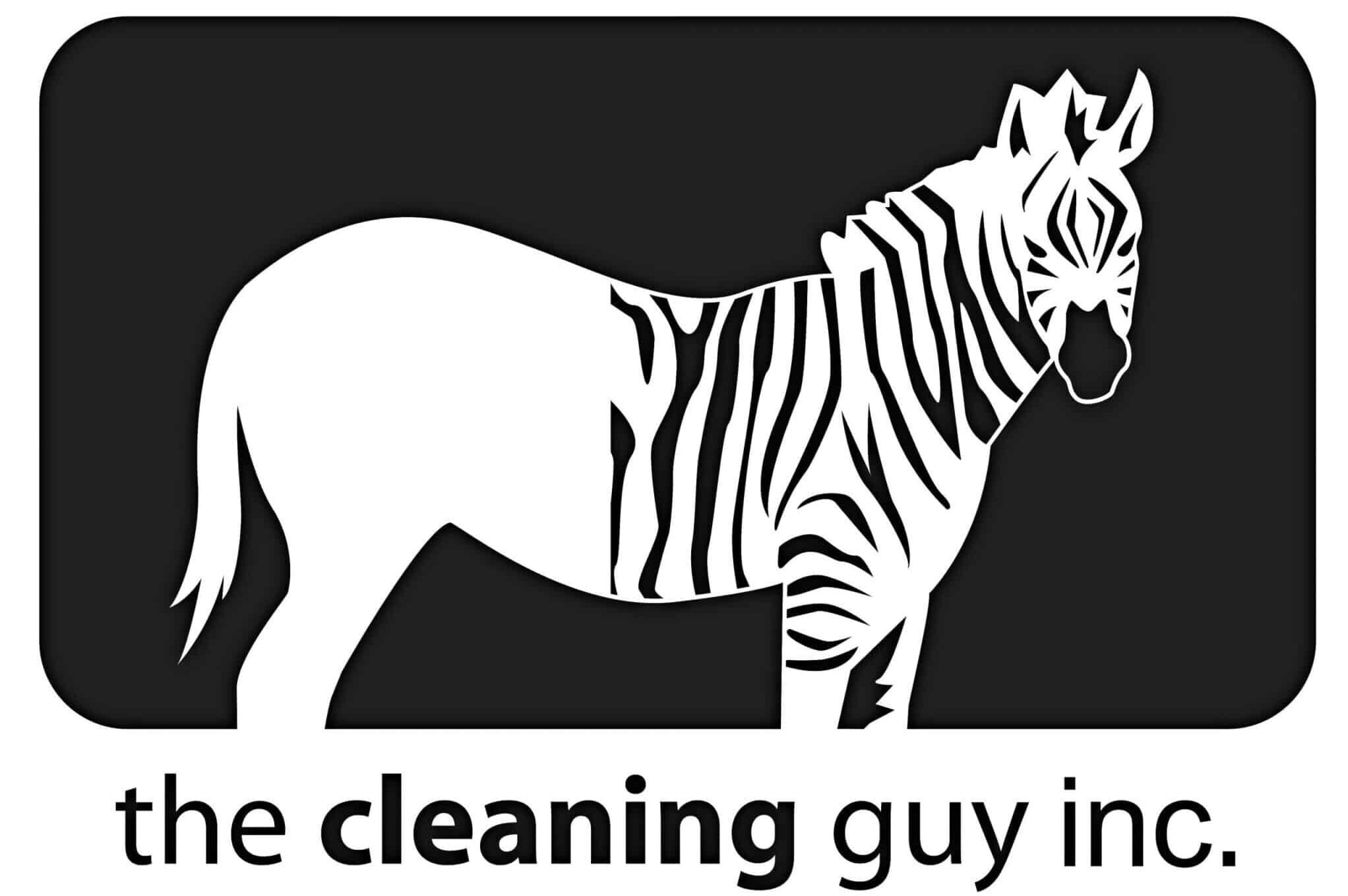
A couple of years ago I was asked to speak at an industry event in Toronto. While my topics were rangy, there was a decided interest in all things “green” and in particular, the impact on landfills of discarded carpet and fabrics.
While it is difficult to source Canadian numbers, the U.S. carpet industry produced around 14.6 billion square feet of carpet and rugs in 2019, an increase of around 4.5% year over year.
When new carpets are placed into homes, old carpets are torn up and discarded. It is often not, however, discarded in an environmentally sustainable way.
Carpets alone constitute more than 3.5% of all materials in U.S. landfills every year, which equates to 4 billion pounds of material!
Carpet made from synthetic materials (most are), degrades slowly and leaks dangerous chemicals. Additionally, even though burning carpet causes more greenhouses gas emissions than coal, six percent is burned in municipal incinerators and cement kilns….
It doesn’t take a rocket scientist to see that we are dealing with a significant issue.
That’s the 35,000-foot view and as always, we have the option of either dismissing it outright or rather considering the impact that we can make by adjusting our perspective and lifestyle…just a bit.
As I write this article, banished to my home office yet again by COVID-19 restrictions, I reflect on my now 19-year-old, wool blend broadloom. It certainly doesn’t look new, but it is more than acceptable and far from an eyesore.
Why? Because we chose the “economics of cleaning” versus the higher cost, both personally and globally of “rip out and replace!” While I can imagine your collective eye rolls as you think; “wait, aren’t you in the cleaning business??”, I remind all of us that we often neglect our own needs as we take care of everyone else’s!
I/we have to make a decision to vacuum regularly and schedule annual professional cleaning just like everyone else does, even if there is a decided advantage to owning the company that we hire!
So, here is the takeaway. All fabrics, whether they adorn our floors, our furniture, or our windows, last longer and look better if they are cleaned regularly!
I have been in homes where high-end carpet that was installed just 5 years earlier, looked dreadful. And I have been in homes where builder-grade carpet looked exceptional after 15 years. The difference? One person understood the “economics of cleaning”, while the other was quickly heading towards being a significant “landfill contributor”.
2020 caused us as humans to stop and look at ourselves. Canadians saved money in record numbers because we realized that life is a little more uncertain than we once believed. And I have to think that this self-reflection extends beyond just personal health & economics to things like environmental concerns and care for our planet.
So, let’s consider the “economics of cleaning”. Not only will it save us money in the long run, it will also help us do our part as members of the larger global community!
